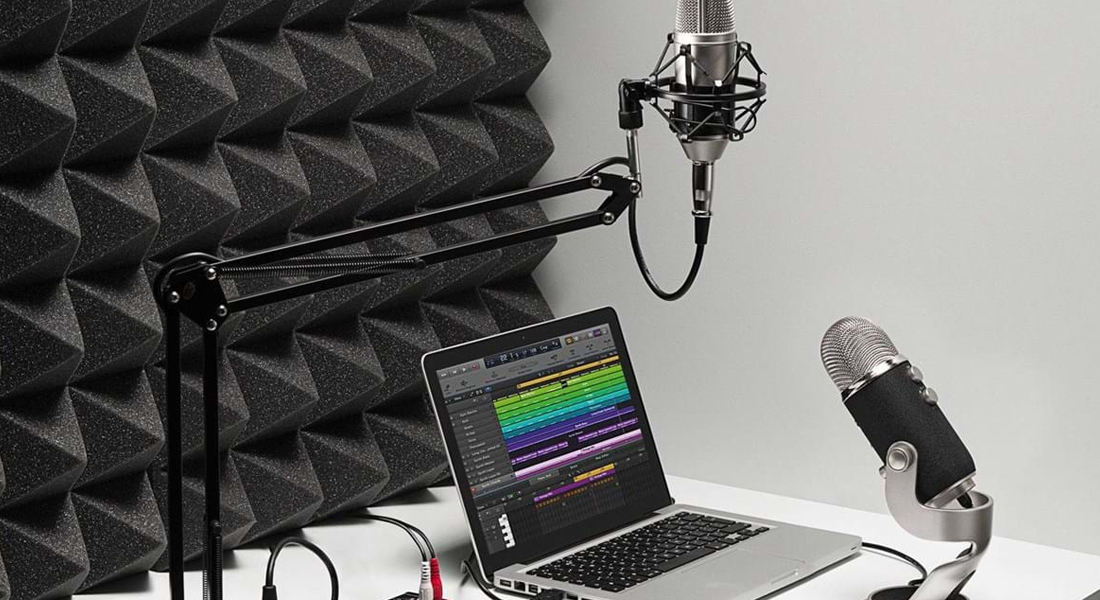by Jason Endres, Associate Media Director of National Audio. He specializes in podcast strategy and buy implementation for our clients.
Podcasting continues to be one of the fastest-growing mediums in the United States. In 2015, advertising revenue crossed $100 million for the first time. In 2020, advertising revenue is expected to grow to in excess of $800 million and surpass $1 Billion in 2021, according to a study prepared by PricewaterhouseCoopers (PWC) in conjunction with the Interactive Advertising Bureau (IAB) [Source]
Direct Response advertisers have dominated the medium for years. Influencer style messaging of ad reads provided a marketing opportunity for companies looking to jump-start their sales initiatives, and to grow into a company with true national brand recognition. For the podcast industry to grow into a multi-billion-dollar platform, with the goal of attracting multi-national brands, improvements in audience measurement akin to other digital platforms will be needed.
In recent months, the industry has taken multiple steps forward to provide brand advertisers more confidence in the medium, with advancements in attribution, measurement, and research tools. Here’s a look at those developments:
Nielsen’s Podcast Listening Buying Power Service
Nielsen recently launched its Podcast Listener Buying Power Service. It is partnering with some of the biggest publishers in podcasting including iHeartMedia and Stitcher to provide unprecedented audience insights to advertisers. For the first time, advertisers will have access to data at the podcast level. Nielsen is leveraging the Scarborough database of 30,000 respondents to sync together podcast listeners and their buying habits. That information is cross-mapped with over 2,000 consumer behaviors and hundreds of advertisers across the automotive, financial, home improvement, restaurant, and various other industries.
This service shows what types of products listeners are buying and what stores they are more likely to consider for a purchase. It is a level of detail previously not available to advertisers and provides brand purchase intent of podcast listeners. For example, automotive clients can see if listeners of a specific podcast or a genre of podcasts are interested in a domestic car versus an imported vehicle. This level of detail is imperative to brands as they make marketing decisions moving forward in podcasting.
Third-Party Attribution
The question that every marketer wants to know is, “Does this work?” Throughout podcasting history, direct response advertisers utilized promo codes and vanity URLs to tag their creative and provide an attribution opportunity to measure effectiveness. That same level of trackability provided more challenging for brand advertisers. Without the hook of a sale, or discount by using a promo code, understanding brand lift and purchase intent was much more of a challenge. This became the top concern of brand advertisers as the inability to provide attribution tools to advertisers limited the medium’s opportunity for brand advertising dollars.
Very recently, there has been a major shift in data accessibility as third party attribution companies have entered the fold. Companies such as Barometric (A Claritas company), Chartable, and Podsights all provide similar attribution solutions.
While the process may sound complex, it is rather simple to implement. There are two components: the podcasts and an advertiser’s website. First, is the podcast. Each of these third-party attribution firms places an impression pixel or tracking prefix within each podcast that is part of an advertiser’s marketing campaign. Second, the advertiser places a pixel throughout various pages on an advertiser’s website. Once the pixels have been added and a campaign goes live, each attribution company provides a dashboard where the advertiser can see, in real-time, how many listeners of each podcast are visiting its website. In addition, they can view the number of purchases and conversions an advertiser is getting from listeners of its podcast campaign.
With recent advancements in audience insights, via Nielsen’s Podcast Listener Buying Power Service and the rapid advancement of ThirdParty Attribution tools, podcasting now presents marketers and advertisers with opportunities. They can decide the best podcasts to utilize for a marketing campaign and determine effectiveness akin to other media platforms.
Brand advertisers now have the tools and confidence to dip their toes into the podcast platform and add this media to their marketing mix.



